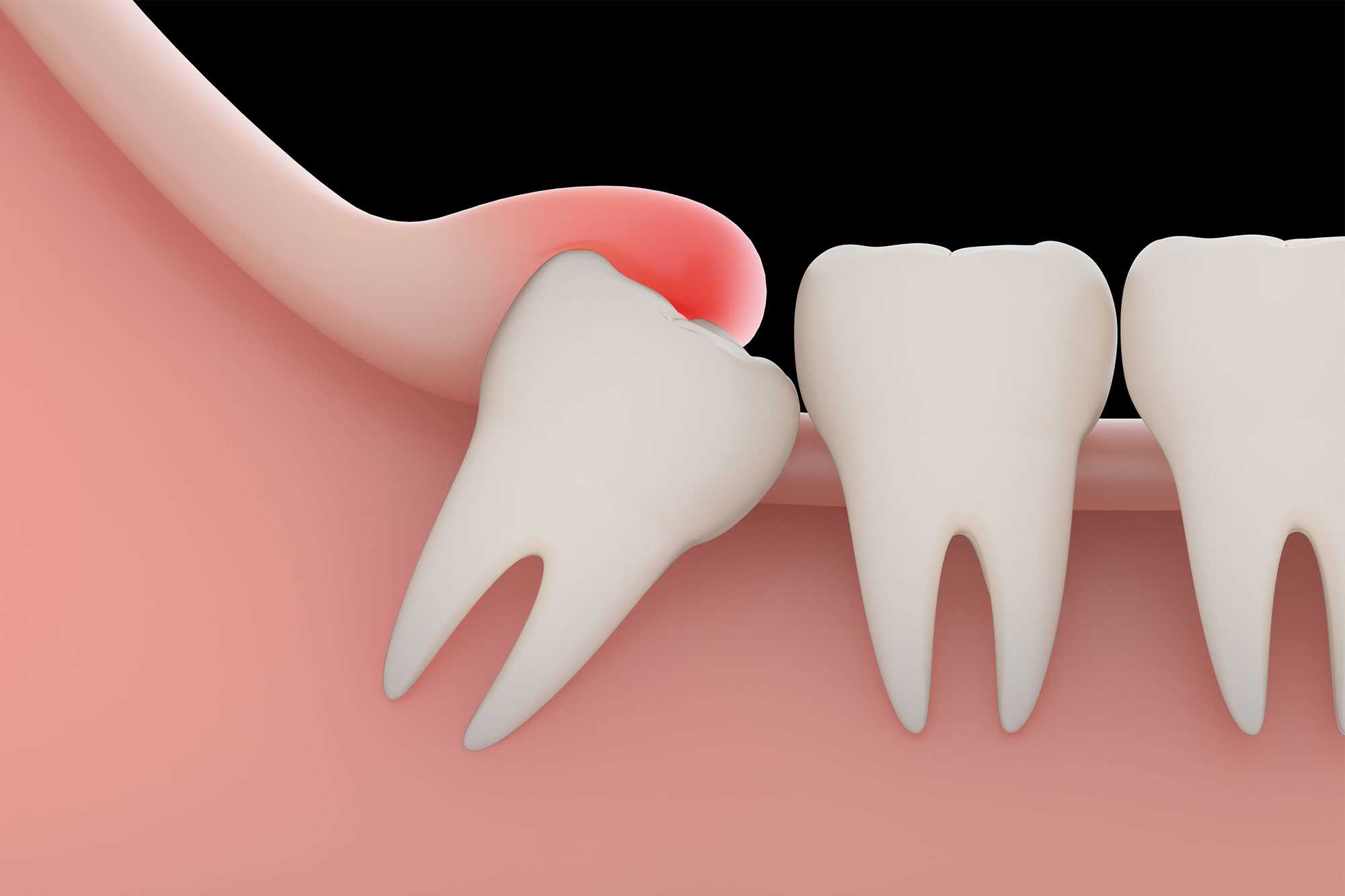Dental emergencies can be daunting, especially when you do not know how to handle them. It can instill a sense of panic in you to know that something is not right. It is essential to manage such situations that require timely treatment to prevent any further damage or complications. Tooth avulsion is one such emergency that may occur due to several reasons.
A dental emergency Parkland Center offers same-day appointments to tackle such issues. Board-certified specialists provide their patients with timely dental care and management to safeguard the integrity of their oral cavity.
What is a dental emergency?
A dental emergency is any situation leading to uncontrolled bleeding, severe tooth pain, or broken facial bones. This requires quick and prompt treatment to prevent further issues that include the spread of infection, tooth mobility, and even tooth loss.
What does an avulsed tooth mean?
An avulsed tooth occurs when your tooth is completely dislodged or knocked out from the socket. These are dental emergencies that require immediate treatment.
It requires a great force for the tooth to be dislodged from the socket. The most common causes of tooth avulsion are:
- Falls
- Assaults
- Road traffic accidents
- Sports injuries
Tooth dislodgement can lead to the following symptoms:
- Severe bleeding
- Mouth pain
- A gap in your mouth where your tooth used to be
- A sense of panic
There are certain management tips that can help you manage the tooth until you reach your dentist’s office to increase the chances of tooth survival.
How can you manage this dental emergency?
Here are some tips to improve the chances of saving the tooth:
- Handle the tooth carefully by holding the crown part of the tooth. Do not touch the tooth root.
- If the tooth is dirty, rinse it with water, but do not wipe or scrub it.
- Try to slip the tooth back into the socket gently, but do not force it.
- Keep the tooth moist by immersing it in milk or saliva or placing it in your mouth next to your cheek.
- Visit your dentist as soon as possible.
How can an avulsed tooth be treated?
When you reach out to your dentist, an avulsed tooth can be treated in the following ways:
- Reimplantation and tooth splinting for support
- Root canal therapy, if necessary
- If the tooth cannot be saved, then it is replaced through a dental implant, denture, or a bridge.
Final note
Tooth avulsions are common consequences of high-impact trauma arising due to falls, accidents, or sports injuries. Handling the dislodged tooth with care until you reach your dentist is crucial, which can decide its fate.

